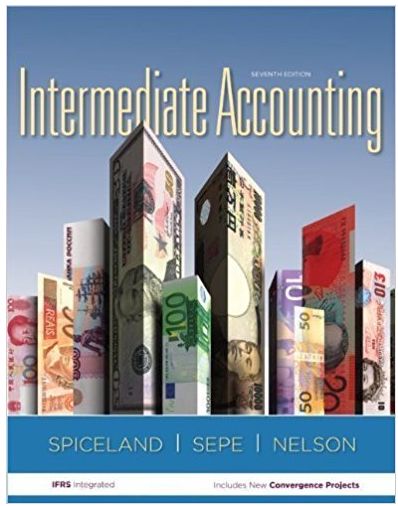Question
Case Problem 10.1 Max and Veronica Develop a Bond Investment Program LG 1 LG 4 Max and Veronica Shuman, along with their teenage sons, Terry
Case Problem 10.1 Max and Veronica Develop a Bond Investment Program
LG 1
LG 4
Max and Veronica Shuman, along with their teenage sons, Terry and Thomas, live in Portland, Oregon. Max is a sales rep for a major medical firm, and Veronica is a personnel officer at a local bank. Together they earn an annual income of around $100,000. Max has just learned that his recently departed rich uncle has named him in his will to the tune of some $250,000 after taxes. Needless to say, the family is elated. Max intends to spend $50,000 of his inheritance on a number of long-overdue family items (like some badly needed remodeling of their kitchen and family room, the down payment on a new Porsche Boxster, and braces to correct Toms overbite). Max wants to invest the remaining $200,000 in various types of fixed-income securities.
Max and Veronica have no unusual income requirements or health problems. Their only investment objectives are that they want to achieve some capital appreciation, and they want to keep their funds fully invested for at least 20 years. They would rather not have to rely on their investments as a source of current income but want to maintain some liquidity in their portfolio just in case.
Questions
Describe the type of bond investment program you think the Shuman family should follow. In answering this question, give appropriate consideration to both return and risk factors.
List several types of bonds that you would recommend for their portfolio and briefly indicate why you would recommend each.
Using a recent issue of the Wall Street Journal, Barrons, or an online source, construct a $200,000 bond portfolio for the Shuman family. Use real securities and select any bonds (or notes) you like, given the following ground rules:
The portfolio must include at least one Treasury, one agency, and one corporate bond; also, in total, the portfolio must hold at least five but no more than eight bonds or notes.
No more than 5% of the portfolio can be in short-term U.S. Treasury bills (but note that if you hold a T-bill, that limits your selections to just seven other notes/bonds).
Ignore all transaction costs (i.e., invest the full $200,000) and assume all securities have par values of $1,000 (although they can be trading in the market at something other than par).
Use the latest available quotes to determine how many bonds/notes/bills you can buy.
Prepare a schedule listing all the securities in your recommended portfolio. Use a form like the one shown below and include the information it calls for on each security in the portfolio.
In one brief paragraph, note the key investment attributes of your recommended portfolio and the investment objectives you hope to achieve with it.
| Security | Latest Quoted Price | Number of Bonds Purchased | Amount Invested | Annual Coupon Income | Current Yield |
|---|---|---|---|---|---|
| Issuer-Coupon-Maturity | |||||
| Example: U.S. Treas - 8%-18 | 1468/32 | 15 | $21,937.50 | $1,275 | 5.81% |
| 1. | |||||
| 2. | |||||
| 3. | |||||
| 4. | |||||
| 5. | |||||
| 6. | |||||
| 7. | |||||
| 8. | |||||
| Totals | $200,000.00 | $ | % |
Step by Step Solution
There are 3 Steps involved in it
Step: 1

Get Instant Access to Expert-Tailored Solutions
See step-by-step solutions with expert insights and AI powered tools for academic success
Step: 2

Step: 3

Ace Your Homework with AI
Get the answers you need in no time with our AI-driven, step-by-step assistance
Get Started


